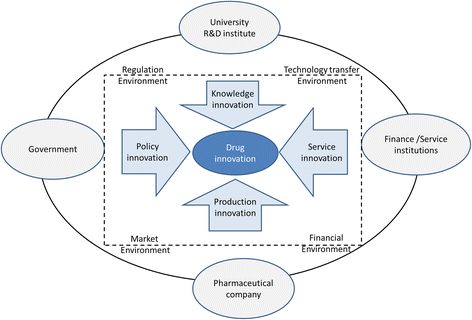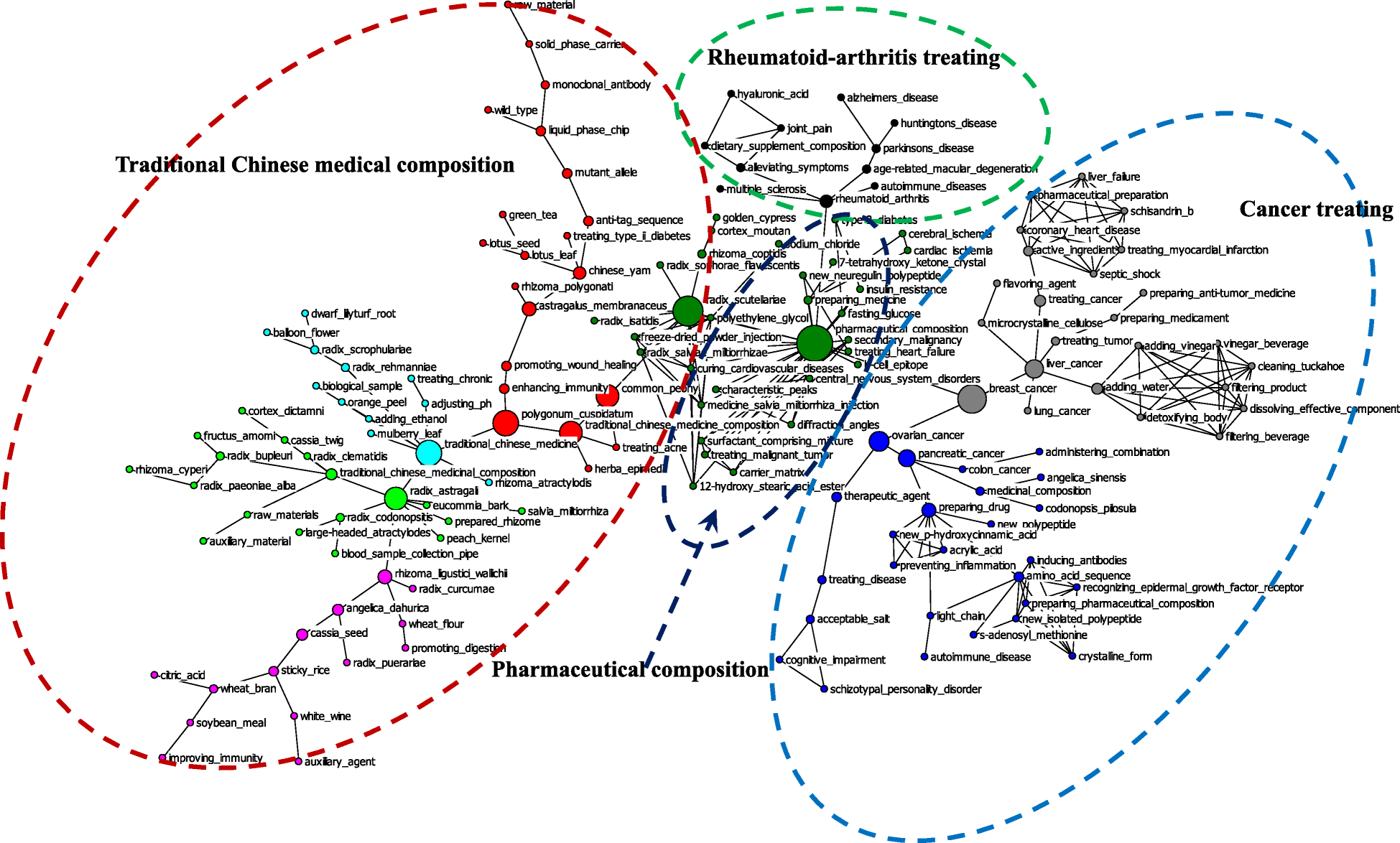I. Introduction to Patents
In today’s fast-paced world of innovation and technological advancement, patents play a crucial role in protecting intellectual property and fostering creativity. But what exactly is a patent, and why are they so important?
A. Definition of a patent
A patent is a government-granted right that gives an inventor the exclusive ability to make, use, and sell their invention for a limited period. It’s essentially a deal between the inventor and the government: in exchange for publicly disclosing the details of their invention, the inventor gets a monopoly on its use for a set time.
B. Purpose and importance of patents
Patents serve several vital purposes in our society:
- They encourage innovation by providing inventors with a financial incentive to create new technologies.
- They promote the sharing of knowledge by requiring inventors to disclose their inventions publicly.
- They help businesses protect their investments in research and development.
- They can be valuable assets for companies, potentially generating revenue through licensing or sales.
As Thomas Edison once said, “The value of an idea lies in the using of it.” Patents allow inventors to use their ideas to their fullest potential.
II. Types of Patents
Not all patents are created equal. In the United States, there are three main types of patents, each designed to protect different kinds of inventions.
A. Utility patents
Utility patents are the most common type of patent. They protect new and useful processes, machines, manufactures, or compositions of matter. This category covers a wide range of inventions, from new chemical compounds to innovative software algorithms.
B. Design patents
Design patents protect the ornamental design of a functional item. Unlike utility patents, which protect how an invention works, design patents protect how an invention looks. For example, the unique shape of a smartphone or the design of a car’s headlights could be protected by a design patent.
C. Plant patents
Plant patents are the least common type. They protect new varieties of plants that have been asexually reproduced. This type of patent is particularly important in agriculture and horticulture.
III. Patent Requirements
Not every invention can be patented. To qualify for patent protection, an invention must meet specific criteria.
A. Novelty
The invention must be new and not previously known to the public. This is why it’s crucial for inventors to keep their inventions secret until they file a patent application.
B. Non-obviousness
The invention must not be obvious to someone with ordinary skill in the relevant field. This requirement ensures that patents are only granted for truly innovative ideas.
C. Usefulness
The invention must have some practical use. This requirement is generally easy to meet, as most inventions are created to solve a problem or fulfill a need.
“To be patentable, an invention must be novel, non-obvious, and useful. These three requirements form the foundation of patent law and help ensure that patents are granted only for truly innovative and valuable inventions.” – United States Patent and Trademark Office (USPTO)[1]
IV. The Patent Application Process
Obtaining a patent is not a simple task. It requires careful preparation and navigation through a complex bureaucratic process.
A. Conducting a patent search
Before filing a patent application, it’s crucial to conduct a thorough patent search. This helps determine if the invention is truly novel and can save time and money by avoiding the application process for inventions that are already patented.
B. Preparing the application
A patent application typically includes:
- A detailed description of the invention
- Claims that define the scope of protection
- Drawings or diagrams that illustrate the invention
Preparing a strong patent application requires technical knowledge, legal expertise, and excellent writing skills. Many inventors choose to work with patent attorneys or agents to ensure their application is as strong as possible.
C. Filing with the USPTO
In the United States, patent applications are filed with the United States Patent and Trademark Office (USPTO). The application can be filed electronically or by mail.
D. Examination and office actions
Once filed, the application is assigned to a patent examiner who reviews it for compliance with patent laws and regulations. The examiner may issue “office actions” that require the applicant to clarify or modify parts of the application.
E. Approval or rejection
If the examiner determines that the invention meets all requirements, the patent is granted. If not, the application is rejected, but the applicant usually has the opportunity to appeal or file a continuation application.
V. Patent Rights and Enforcement
Once a patent is granted, the patent holder gains certain rights and responsibilities.
A. Exclusive rights granted
A patent gives its owner the right to exclude others from making, using, selling, or importing the patented invention in the country where the patent is granted. This exclusivity is the core benefit of patent protection.
B. Patent term and maintenance
In the U.S., utility and plant patents typically last for 20 years from the filing date, while design patents last for 15 years from the grant date. However, patent holders must pay maintenance fees at certain intervals to keep their patents in force.
C. Infringement and litigation
If someone uses a patented invention without permission, the patent holder can sue for infringement. Patent litigation can be complex and expensive, but it’s sometimes necessary to protect valuable intellectual property.
As patent attorney John Dragseth notes, “Patent litigation is like chess. It requires strategy, foresight, and a deep understanding of the rules of the game.”
VI. International Patent Protection
In our globalized world, many inventors seek patent protection in multiple countries.
A. Patent Cooperation Treaty (PCT)
The PCT allows inventors to seek patent protection in multiple countries with a single international application. This can simplify the process of obtaining international patent protection.
B. Regional patent systems
Some regions have their own patent systems. For example, the European Patent Office (EPO) allows inventors to obtain patent protection in multiple European countries with a single application.
VII. Patent Strategies for Businesses
Patents can be powerful business tools when used strategically.
A. Building a patent portfolio
Many companies build large portfolios of patents to protect their innovations and create barriers to entry for competitors. For example, tech giants like IBM and Samsung file thousands of patent applications each year.
B. Licensing and monetization
Patents can generate revenue through licensing agreements. Companies can license their patented technologies to others in exchange for royalties.
C. Defensive patenting
Some companies file patents primarily to defend against potential lawsuits. By building a large patent portfolio, they create a deterrent against patent infringement claims from competitors.
VIII. Challenges in the Patent System
While patents are crucial for innovation, the patent system faces several challenges.
A. Patent trolls
“Patent trolls” are entities that acquire patents not to use them, but to sue others for infringement. This practice has been criticized for stifling innovation and increasing costs for businesses.
B. Patent quality issues
There are concerns about the quality of some granted patents, particularly in emerging fields like software and biotechnology. Low-quality patents can create uncertainty and lead to unnecessary litigation.
C. Balancing innovation and access
There’s an ongoing debate about how to balance the need to incentivize innovation through patents with the need for public access to important technologies, particularly in fields like medicine.
IX. Alternative Forms of Intellectual Property Protection
While patents are powerful, they’re not the only way to protect intellectual property.
A. Trade secrets
Some companies choose to keep their innovations secret rather than patenting them. Famous examples include the formula for Coca-Cola and Google’s search algorithm.
B. Copyrights
Copyrights protect original works of authorship, including literary, dramatic, musical, and artistic works. They’re particularly important in creative industries.
C. Trademarks
Trademarks protect brand names, logos, and other symbols that identify the source of goods or services. They’re crucial for building and protecting brand identity.
X. The Future of Patents
The patent system continues to evolve as technology advances and the global economy changes.
A. Emerging technologies and patentability
New technologies like artificial intelligence and gene editing are raising complex questions about what can and should be patented.
B. Patent reform initiatives
There are ongoing efforts to reform patent systems around the world to address challenges and improve efficiency. These include initiatives to reduce patent examination backlogs and improve patent quality.
XI. Key Takeaways
- Patents are crucial tools for protecting intellectual property and fostering innovation.
- There are three main types of patents: utility, design, and plant patents.
- To be patentable, an invention must be novel, non-obvious, and useful.
- The patent application process is complex and often requires professional assistance.
- Patents grant exclusive rights but also require enforcement to be effective.
- International patent protection is available but requires careful planning.
- Patents can be valuable business assets when used strategically.
- The patent system faces challenges, including patent trolls and quality issues.
- Alternative forms of IP protection include trade secrets, copyrights, and trademarks.
- The future of patents will be shaped by emerging technologies and ongoing reform efforts.
XII. FAQs
- Q: How long does it take to get a patent?
A: The patent process typically takes 2-3 years, but can vary depending on the complexity of the invention and the backlog at the patent office. - Q: Can I patent an idea?
A: No, you can’t patent an idea alone. You need to have a concrete invention that you can describe in detail. - Q: How much does it cost to get a patent?
A: The cost can vary widely, from a few thousand dollars for a simple invention to tens of thousands for a complex one, including fees for patent attorneys. - Q: Can I file a patent application myself?
A: Yes, but it’s generally not recommended due to the complexity of the process. Most inventors work with patent attorneys or agents. - Q: What happens if someone infringes on my patent?
A: If someone infringes on your patent, you have the right to sue them for damages and to stop them from using your invention. However, enforcing a patent can be expensive and time-consuming.
Sources cited:
[1] United States Patent and Trademark Office (USPTO)
Citations:
[1] https://www.webfx.com/seo/learn/seo-content-creators/
[2] https://www.searchenginejournal.com/seo-content-creation-guide/412729/
[3] https://www.semrush.com/blog/seo-writing/
[4] https://www.wordstream.com/blog/seo-content-beginners-guide
[5] https://backlinko.com/hub/seo/seo-writing
[6] https://rockcontent.com/blog/seo-writing/
[7] https://yoast.com/ultimate-guide-content-seo/
[8] https://blog.hubspot.com/marketing/blogging-for-seo
























